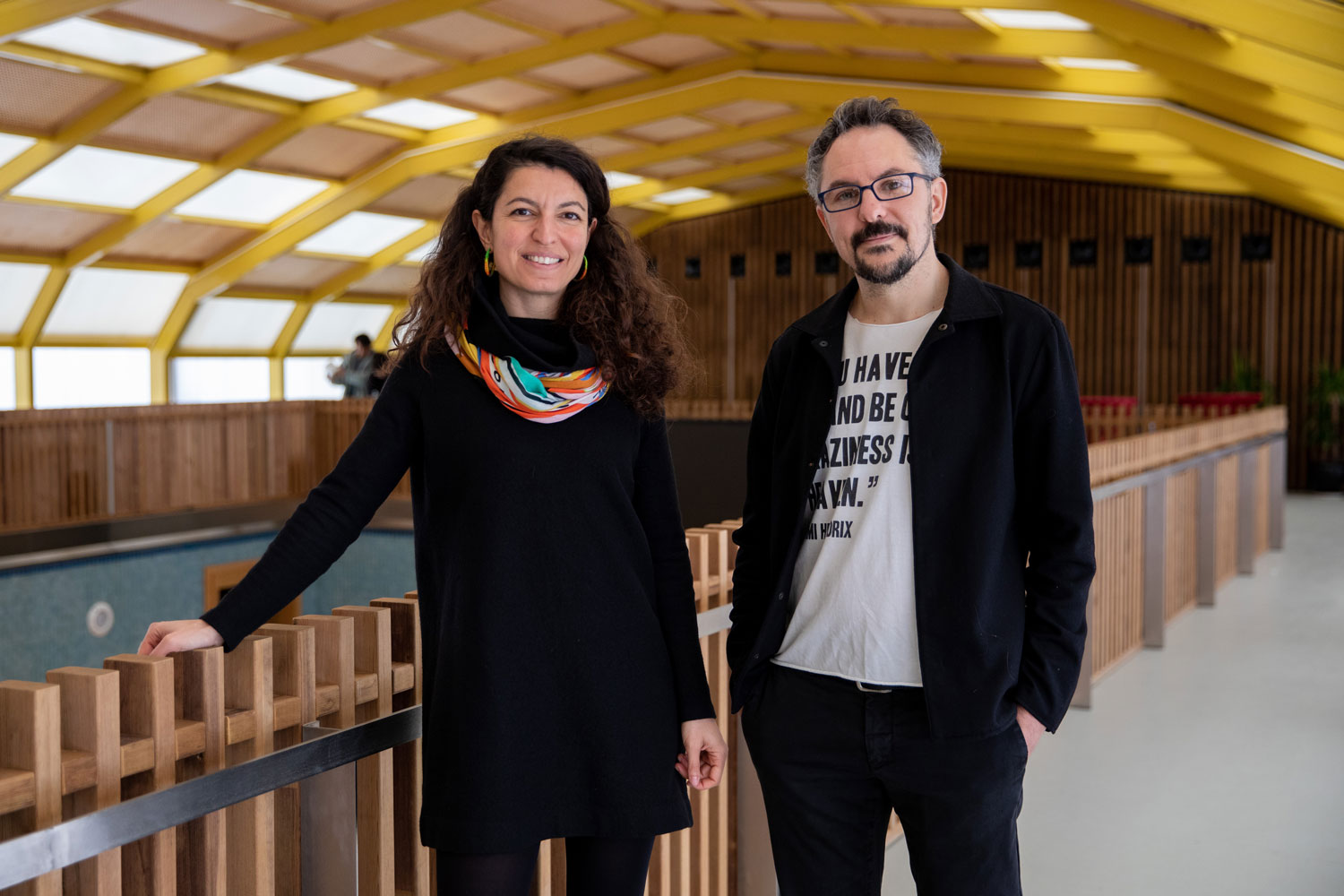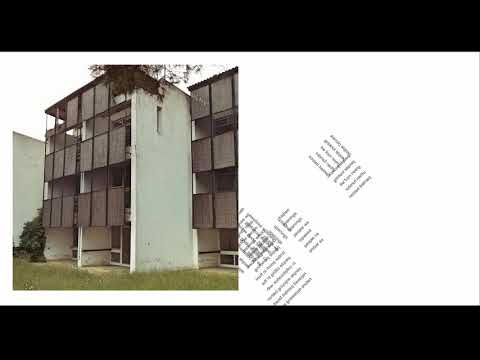Sevince Bayrak and Oral Gökta?, founders of the Istanbul-based studio SO? Architecture and Ideas have been selected as curators for the Turkiye Pavilion at the Venice Architecture Biennale 2023. Their exhibition project, titled “Ghost Stories: Carrier Bag Theory of Architecture,” challenges traditional approaches to building conservation and preservation by focusing on the potential of unused buildings. The exhibition seeks to contribute to the discourse surrounding architecture and heritage preservation in Turkiye and beyond by emphasizing the importance of transformation, innovation, and dialogue.
In our interview, Oral Göktas explained the exhibition’s approach: “This exhibition considers unused buildings as a future laboratory and looks for ways to transform them in four chapters: 1. new tools and technology for transformation, 2. A future curriculum for architectural education where transformation is at heart, 3. A discussion of transformation strategies with examples of global and local architecture, and 4. A video installation that shows possible futures of these buildings designed by AI.”
The curators aim to reconsider the opportunities presented by unused buildings across Turkiye. The preparation for the exhibition included an open call launched in December 2022, aimed at compiling recent documentation of unused buildings. The overwhelming response resulted in an archive containing images of hundreds of residences, building complexes, abandoned production sites, wholly or partially empty skyscrapers, hotels, schools, hospitals, restaurants, and recreational facilities. The exhibition focuses on opportunities for reinforcing and reusing the existing building stock, considering it an urgent issue following the devastating earthquakes in Kahramanmaras.
Oral Göktas further elaborated on the exhibition’s focus: “Instead it focuses on ordinary buildings as a resource of material and memory. We chose this subject because it is currently a global problem, that this addiction to construction causes massive amounts of unused buildings all around the world. But in the case of Turkey, there is a remarkable variety of buildings from theme parks to schools, housing to hospitals. We have to consider these buildings as the laboratory of the future, discuss ways to transform them.”
The exhibition challenges the prevailing mindset of demolishing and discarding ordinary buildings that lack specific features or historical significance. Göktas clarified, “Preservation and transformation are opposite words, and in fact, the exhibition does not focus on historic buildings but rather it focuses on the buildings that people can easily discard and propose to demolish since they don’t have a specific feature, of beauty, of heritage or history.”
The selection of “Ghost Stories: Carrier Bag Theory of Architecture” as the curatorial proposal for the Turkiye Pavilion was driven by the global problem of excessive construction and the resulting surplus of unused buildings. However, the unique context of Turkiye, with its diverse range of structures, including theme parks, schools, housing, and hospitals, adds depth to the discussion.
Regarding the exhibition’s contribution to the discourse surrounding architecture and heritage preservation, Göktas highlighted the importance of transforming existing buildings, especially in earthquake-prone areas: “On the contrary, earthquakes reveal the fact that it is impossible to demolish all the damaged/indurable ones and make new constructions. So this topic of reinforcing existing ones, how we use technology and innovation for this topic is even more crucial now.” and added, “In the earthquake region where almost 120.000 buildings are moderately damaged, repairing and transforming structures, with new technologies is an urgent topic.”
The exhibition aims to foster discussions on innovative approaches to repurposing and reinforcing existing structures, showcasing examples of technological advancements. Göktas explained, “In the exhibition, you can see examples of innovations in the fields of robots, AI, biology, chemical industry, etc.”
The materials used in constructing the pavilion were carefully chosen to align with the exhibition’s themes. Göktas shared, “We use semi-transparent textiles for the Cloud and a timber design for the workbench. Budget and reusability were the first criteria. We wanted that ghost effect of shadows and reflections for the textiles, so the semi-transparent one was suitable for the idea.”
Looking ahead, the curators expressed their desire to expand on the concept of “The Carrier Bag Theory of Architecture” beyond the theme of abandoned buildings. Göktas stated, “We would like to expand The Carrier Bag Theory of Architecture, which we think could go beyond this abandoned building theme. This will be a long-term plan for sure.”
You can follow updates about the Turkiye Pavilion on Ghost Stories: The Carrier Bag Theory of Architecture‘s Instagram page. Also, We encourage you to stay tuned to ParametricArchitecture for detailed updates on the Venice Architecture Biennale 2023.
























Where is moderator??
It is important.
Regards.